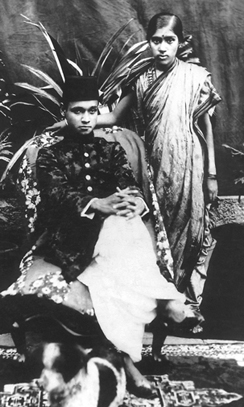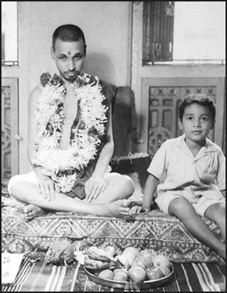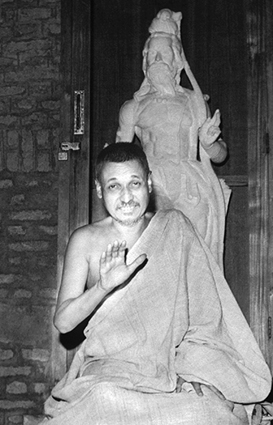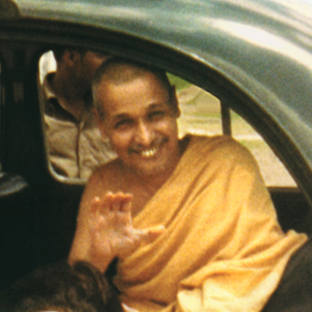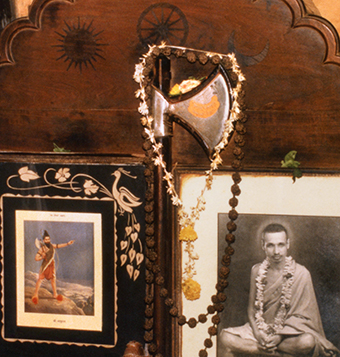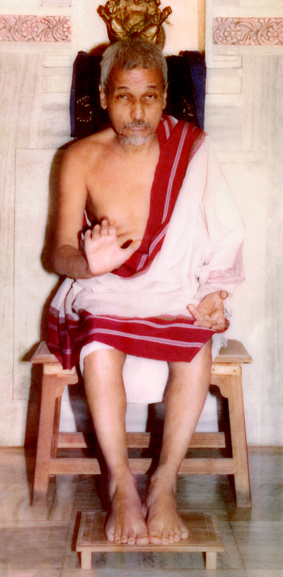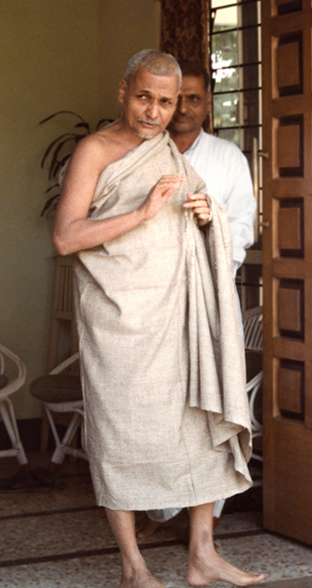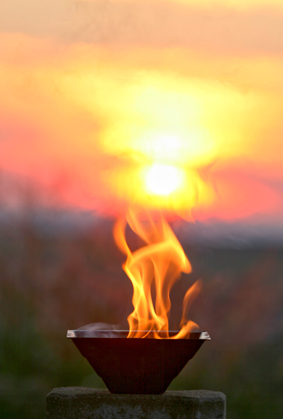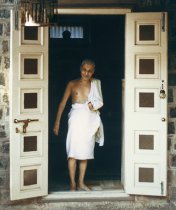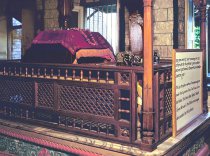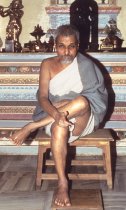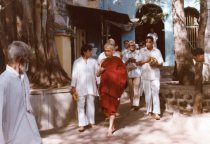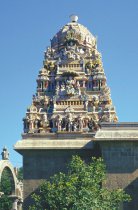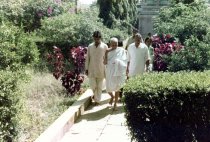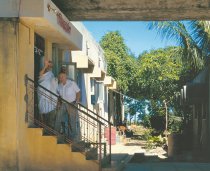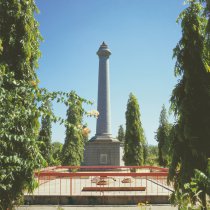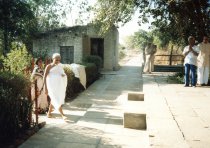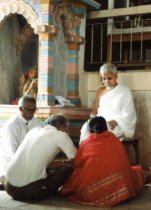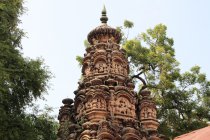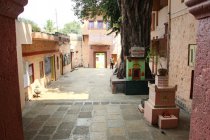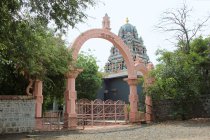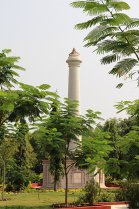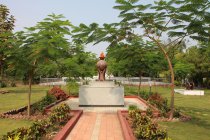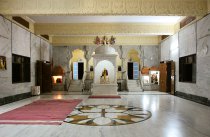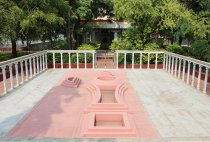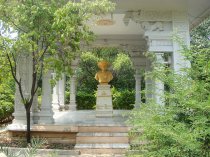Birth and Childhood
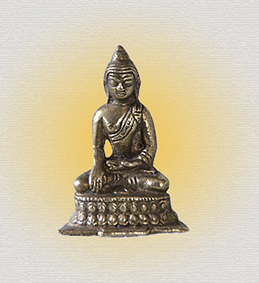
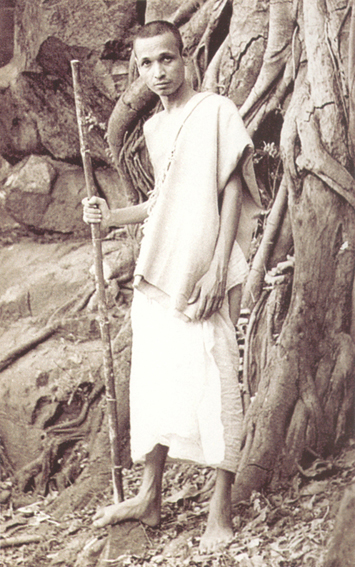
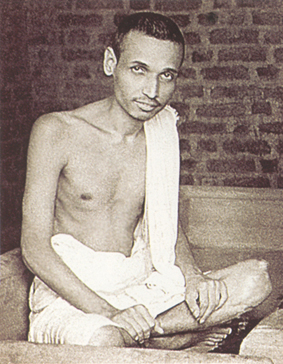
Shree's Parents--Highly Realized Yogis
Shree was born in 1918 to a very wealthy family in Kharagpur (West Bengal, India). He was named Gajanan. His parents, Laxman and Sonamata Rajimwale, belonged to the Brahmin caste. Although they could have lived in great prosperity, they had no worldly interests.
Laxman Rajimwale (1892-1954) was a Nada Brahma Yogi, who spent many hours of the day in deep meditation. Later he took the monastic vows and was given the name Swami Shivananda.
Sonamata (1899-1924) had visited a Christian school as a child and was deeply inspired by the service of others. Every day, she sought out the poorest of the poor in the slums to help them.
Shree’s Birth--indicated by many visions and signs
The birth of a Divine Being, an Avatar, is usually announced beforehand. So it was with Shree. In 1914, four years before His birth, a great Yogi revealed to Sonamata that she would give life to the "Light of the Universe."
The signs of Shree's birth were practically the same as those of Siddhartha Gautama’s (Buddha's birth)--both mothers received 14 special, almost identical dreams and visions before the births. After the birth, more than 14 features were found on Shree's body, indicating that the child was a Divine Being. One of these signs was that the nail of Shree’s right big toe was red. Buddha also had the same birth sign.
When an astrologer cast Shree’s horoscope, it showed a similar constellation to that of Buddha. It was said that he would be either a great king or a great saint.
First worship of Shree
Shree was only six years old when He was first worshipped. It was the Maharaja (ruler) Kisanprasad of Hyderabad, who performed Padya Puja (a worship ceremony) before Shree on 27th August 1924. Shree told His mother’s master, Shri Upasani Maharaj, about this. He promptly answered, "Not just a ruler but all rulers will worship you. He is a ruler, and You are also a ruler.” Some time later, Shri Upasani predicted Shree’s future greatness as Sadguru.
Farewell to His mother
In 1921, Shree’s sister Kamalbai was born. A year later, Shree's mother Sonamata started the continuous recitation of the Hare Ram mantra to prepare the way for the resuscitation of the Vedas.
In 1924, Sonamata felt the end of her life near, and she blessed Shree with the words, "You will be like Dhruva" (the Pole Star). In doing so she expressed that Shree occupies an eternal, immovable place and will be a signpost for the seeking and the lost. Shortly thereafter, Sonamata left the earth at the tender age of 25 years.
A childhood filled with spiritual exercises
In 1925, Shri Upasani Maharaj, performed Shree’s sacred-thread ceremony (an initiation for young Brahmins). From then on, Shree’s clothes were very simple; He only wore a cloth around the hips (Dhoti) and often a cloth on the upper body. Later He also stopped wearing His simple wooden sandals and walked barefoot.
Since 1926, Shree lived with His uncle Gangadhar Maharaj and His aunt Umabai in Guru Mandir in Akkalkot. Gangadhar was the head of the Guru Mandir, a temple with adjoining residential area.
In Akkalkot, Shree attended Shahaji High School from 1926 onwards and was considered a good, diligent student. It was, however, important to Him to always sit separately, avoiding physical touch by others. In 1937, He finished school education.
In the highly religious atmosphere of the Guru Mandir, accompanied and taught by spiritual masters, Shree expanded His intense spiritual exercises which He had already begun at the age of 7 years. He adhered to the rules of the Vedas. Thus, He paid attention to great purity, learned and recited Sanskrit verses, kept silence, meditated, etc. Continuously He directed His consciousness toward the Divine.
On 11 March 1938, Gangadhar Maharaj handed over his official attire to Shree and appointed Him successor of the Guru Mandir before He was even 20 years old. On this occasion he called Him:
"Sadguru Gajanan Maharaj"




